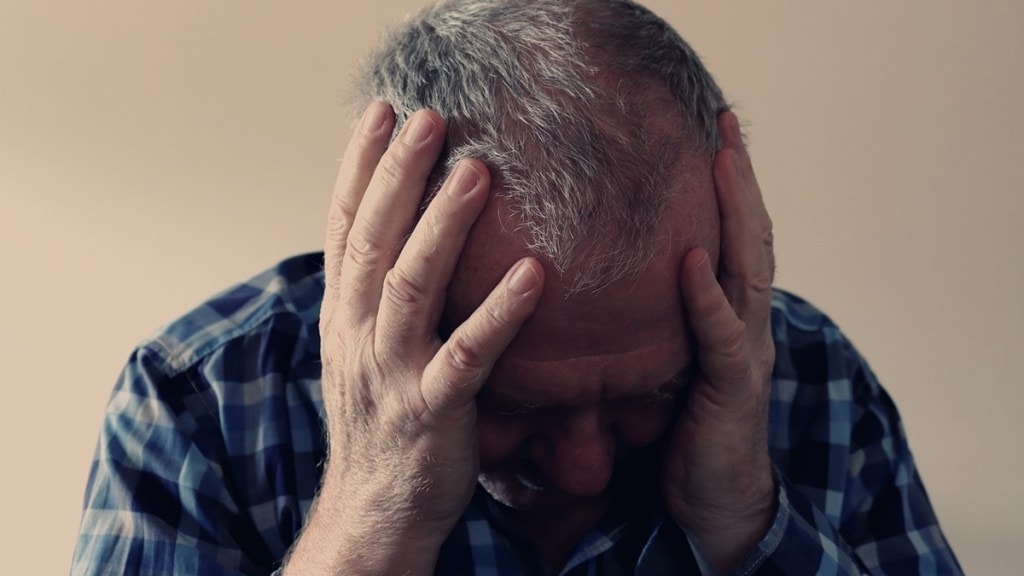Many people believe that urinary tract infections (UTIs) and incontinence are more common in women, but they can also affect males and have a major negative influence on their quality of life.
Although males may not openly discuss these concerns, it is important to understand them to be able to identify them early and manage them effectively, Dr. Bhoopat Singh Bhati, Consultant – Urology and andrology, Manipal Hospital, Kharadi, Pune told Financial Express.com.
UTIs in Men: Causes, Symptoms, and Treatment
UTIs occur, particularly in those over 50, but they are less common in men because of anatomical variations. Kidney stones, an enlarged prostate, or even long-term catheter use can raise the risk. Strong, continuous urges to urinate, burning when urinating, cloudy or strongly scented urine, and sometimes lower abdominal pain are some of the symptoms of urinary tract infections (UTIs), which are caused by bacteria entering the urinary tract. Urgent treatment is necessary if a UTI progresses to the kidneys since it can cause chills, fever, and back pain.
“Antibiotics are usually used to treat UTIs in men, and problems can be avoided with prompt treatment. Examining underlying disorders such as kidney stones or prostate enlargement is important for treating the underlying cause of chronic or recurrent occurrences. Practical strategies to lower the risk of UTIs include practicing good cleanliness, drinking lots of water, and taking prompt care of any issue with the prostate,” Dr. Bhati revealed.
Incontinence in Men: Types and Triggers
Men’s incontinence tends to coincide with age, prostate health, and specific medical conditions. Urge and stress incontinence are the most prevalent types, while there are other types as well. Urine leaking during strenuous activity, such as lifting, coughing, or exercising, is also known as stress incontinence. This condition often occurs in weak pelvic floor muscles. In contrast, urge incontinence is identified by a sudden, strong urge to urinate, which can be triggered by an overactive bladder.
Diabetes, an enlarged prostate, and multiple medications might make a person more prone to incontinence. It is treatable, but it is not rare. Pelvic floor exercises and lifestyle modifications, such as reducing intake of alcohol and caffeine, are among the options; in more severe situations, drugs or medical equipment may be required. Finding the kind and best course of action can be improved by consulting with the doctor.
Preventive Steps and When to Seek Help
Preventing UTI and incontinence issues can be greatly helped by routine health checks, especially prostate tests after a certain age. Early intervention reduces discomfort and the chance of more serious consequences.
“Urinary health is maintained by an active lifestyle, a healthy diet, and sufficient water intake, and pelvic floor exercises help to strengthen the muscles that control the bladder. Men who experience discomfort, frequent urination, or any indications of incontinence should not hesitate to look for advice from an expert. The key to managing these prevalent yet often misunderstood conditions is awareness and proactive treatment,” Dr. Bhati said.


